In Memoriam: Howard Cruse

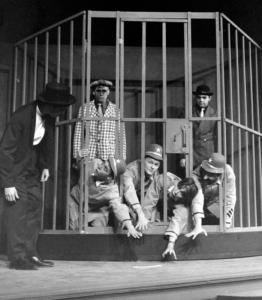
Cruse (third from the right) performs in Shakespeare’s “Much Ado About Nothing,” for which he designed the set. (1964)
Howard Cruse ’68, a groundbreaking artist, writer, and leader in the LGBTQ community, died on Nov. 26 after a battle with cancer. He wrote and illustrated the 1980s comic strip “Wendel” in LGBTQ magazine The Advocate, served as the founding editor of underground series Gay Comix, and published “Stuck Rubber Baby,” a graphic novel that deals with homosexuality and racism in the South during the Civil Rights Movement.
Though Gina Armstrong ’92 knew Cruse for just over a year, they quickly developed a strong connection through emails, phone calls, and reflections on his old letters and drawings. Armstrong, BSC archivist and digital initiatives librarian, created a 2018 library display and digital collection of Cruse’s work from 1961-1968, the years he spent at BSC.
The Howard Cruse archive includes comics and essays from BSC publications, cartoons for local newspapers, his set and costume designs for theatre productions, and pieces of the script from his play, “The Sixth Story.” Cruse first came to the College as an art major, interested in comics and illustration, but switched to theatre as soon as the major was created.
“Last year was the perfect time to highlight such an important person who we often don’t hear about,” says Armstrong, who published the collection 50 years after Cruse graduated – his “golden ginkgo year.”
Armstrong first learned that Cruse was a BSC alumnus from Dr. Louanne Jacobs, associate professor of education, and soon began emailing him about their idea to highlight his work. Eventually, Armstrong and Cruse built a friendship over hours of phone conversations, and Cruse gave them permission to visit his body of work housed at Columbia University’s Butler Rare Book and Manuscript Library that has yet to be processed and opened to the public.
Before working on the project, Armstrong was familiar with “Stuck Rubber Baby,” “Wendel” and The Advocate, and the work of Alison Bechdel, a close friend of Cruse and the author of The New York Times Best Seller “Fun Home” – all important influences for the LGBTQ community.
“The Advocate was insanely popular during the 1970s and 1980s because it provided information on what was going on with the AIDS crisis and the gay community,” Armstrong says. “Mainstream media was not talking about it.”
Throughout his life and career, Cruse helped bring up these conversations through illustrations of everyday moments within the gay community. His work often pulled from his own personal experiences, and he was a genius at satire. This talent is definitely noticeable within the drawings from his BSC days.
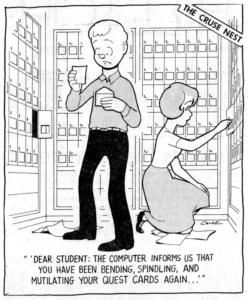
He developed a section in The Hilltop News called “The Cruse Nest” where he would design original, BSC-tailored cartoons for the College paper. Some are timeless commentaries on the lives of college students, and others dive deep into the racial prejudice in the South.
“The work he did for the Shades Valley Sun was out on a limb,” Armstrong says. In one of their conversations, Cruse said that the Shades Valley Sun editor-in-chief had crosses burned on his lawn for some of the comics he printed.
These themes were further developed in “Stuck Rubber Baby,” which was released in 1995. The story pulls from his childhood in the South, his time at BSC, and pivotal moments in Cruse’s own life, including when he and his girlfriend at BSC gave up a child for adoption. The novel’s “West Hills College” closely resembles BSC, and the character Ginger Raines is named after award-winning civil rights journalist and former classmate Howell Raines ’64.
“Howie was certainly born at the right time,” Armstrong says. He had a way with words and illustration that captured both day-to-day humor and painful, complicated situations.
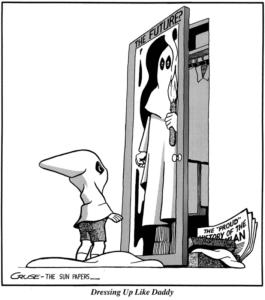
When Armstrong first reached out to Cruse about creating a digital collection, he was apprehensive. Although they attended BSC 25 years apart, both Cruse and Armstrong experienced hostility on campus and as alumni because of their sexual orientation. At times, they each grew frustrated with the College (causing Cruse to drop out multiple times) and how they were treated.
“When he looked over the collection, Howie told me that he was glad I did not shy away from his gay identity,” says Armstrong, who has helped build BSC’s LGBTQ community as a student, alumni, and, since 2016, a faculty member.
Last spring, LGBTQ student organization Spectrum hosted BSC’s first Lavender Graduation and named one of their awards after Cruse. Many of the students told Armstrong that they wouldn’t have known about Cruse’s work and his experience at BSC without the digital archives project.
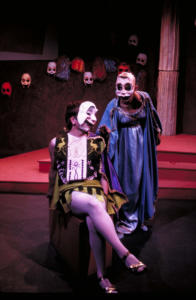
For Sophocles’ “Women of Trachis,” Cruse designed the set, program, and plaster masks used in the production. (1966)
Armstrong admires the humanity woven throughout Cruse’s work. He wrote about what he knew and felt, and his storytelling captures the day-to-day lives, questions, and strengths of gay men and women.
“Wendell showed what normal life was like, especially for gay men. It talked about relationships, and it was human and real. It didn’t portray stereotypes,” Armstrong says.
Armstrong also saw Cruse’s deep care for those around him during their friendship. He had an incredible memory of names and faces as the two of them looked through the archive, and he was loving and giving towards the communities he was a part of.
In spring 2020, Armstrong and Dr. Jessica Hines will teach a queer archives and digital history course, giving students the chance to work on a project like Armstrong did for Cruse and bring recognition to an outstanding person who is often overlooked.
Learn more about Cruse’s legacy in the Washington Post’s tribute, in the press release for the Howard Cruse Archive opening, and on Cruse’s website. First Second Books will publish a 25th anniversary edition of “Stuck Rubber Baby” in May 2020.
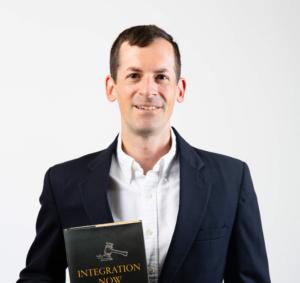
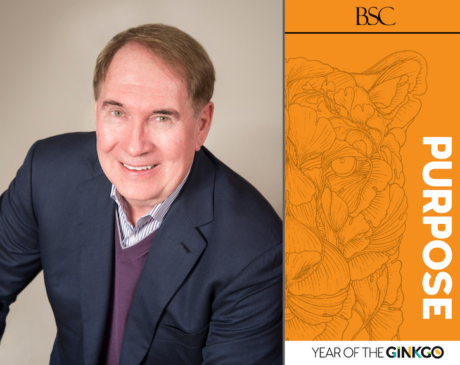
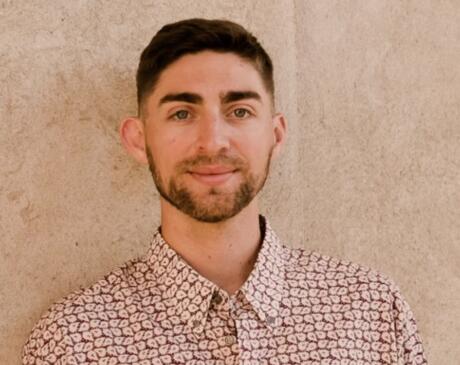
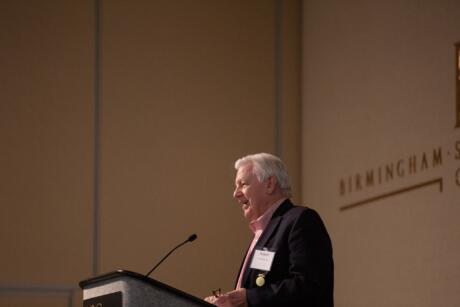
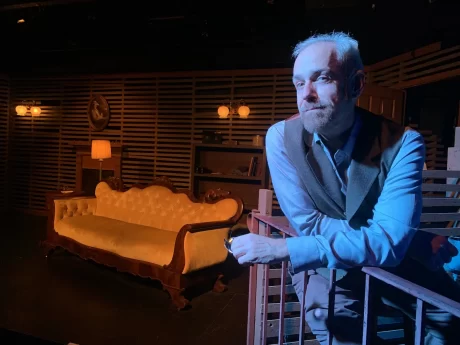
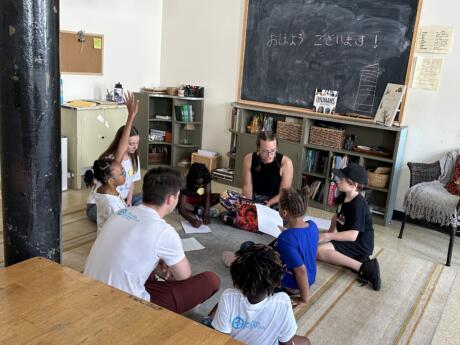
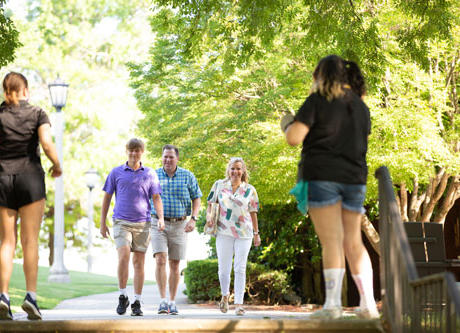
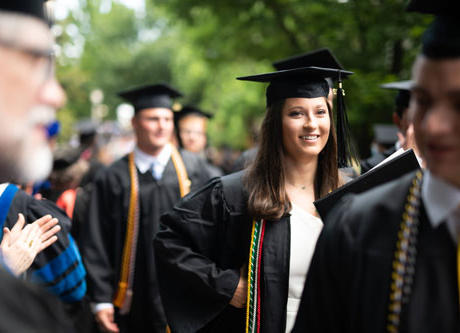
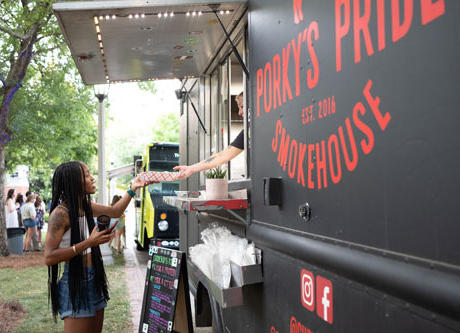
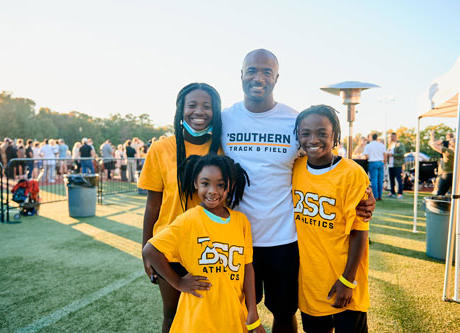
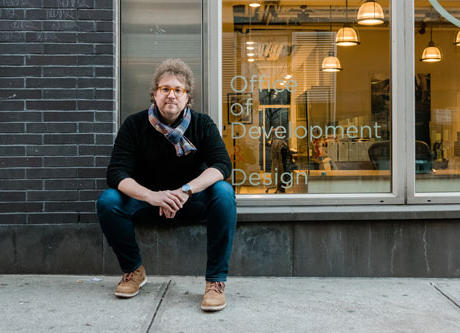
// Comments are closed //